1. Automated Design Iterations
AI-powered generative design is revolutionizing how products are conceived by rapidly exploring countless design permutations. This enables engineers to iterate far faster than traditional methods, unlocking greater creativity and problem-solving. By automating routine adjustments and simulations, AI frees designers to focus on high-level decisions and refinements. The result is not only a shorter concept-to-product cycle, but also designs that are often more optimized – lighter, stronger, or more efficient – than a human might devise alone. The implications span industries: companies can bring innovative products to market faster, respond swiftly to feedback, and maintain a competitive edge as design cycles shrink dramatically.
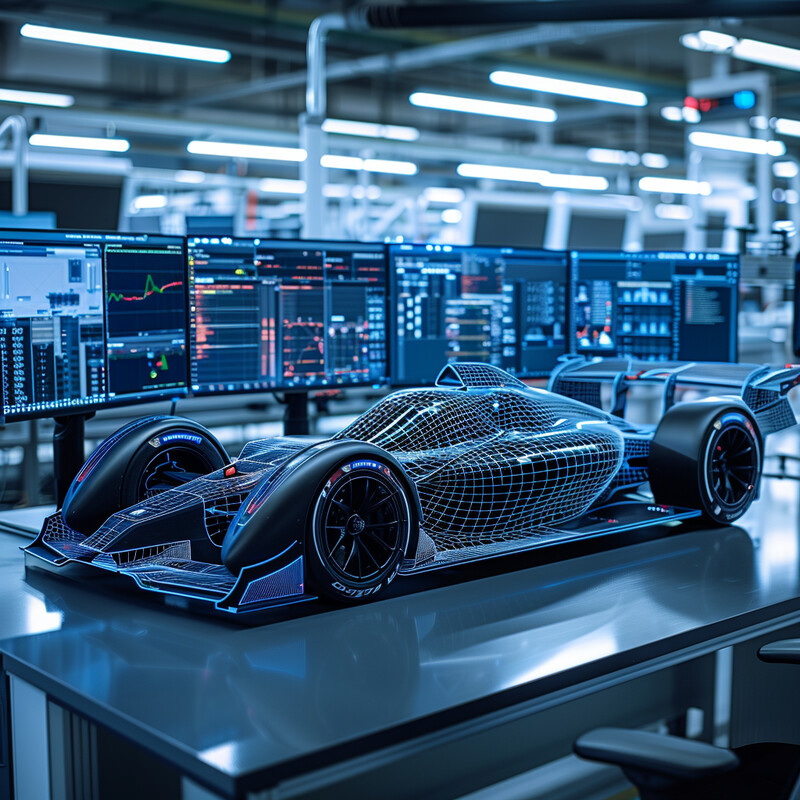
AI-driven design iteration tools have been shown to slash development times and expand the solution space available to engineers. Consulting firm McKinsey reports that when applied throughout product development, generative AI can reduce cycle times by up to 70%, allowing teams to develop products in weeks instead of months. In one notable example, Eaton Corporation used generative AI to run thousands of design simulations and cut the development time of a complex component by as much as 87%, shrinking a months-long process to mere days. Such acceleration doesn’t compromise quality – in fact, early adopters of AI in product design also see higher success rates in new product launches and significant productivity gains. By quickly iterating and validating designs against performance criteria, AI helps companies arrive at better-performing and manufacturing-ready designs with fewer costly late-stage changes, fundamentally transforming the economics of product development.
2. Enhanced User Experience Design
AI is increasingly critical in crafting intuitive and engaging user experiences. By analyzing vast amounts of user interaction data, AI can uncover subtle patterns in how people use products and interfaces, guiding designers toward more user-friendly layouts and features. This data-driven approach means design decisions are informed by actual behavior rather than guesswork, resulting in interfaces that feel more natural and responsive to user needs. AI can also personalize the UX in real-time, adapting content or interface elements to individual user preferences. The opportunity here is a virtuous cycle: better experiences lead to higher user satisfaction and engagement, which in turn generates more feedback data that AI can learn from to further refine the design.
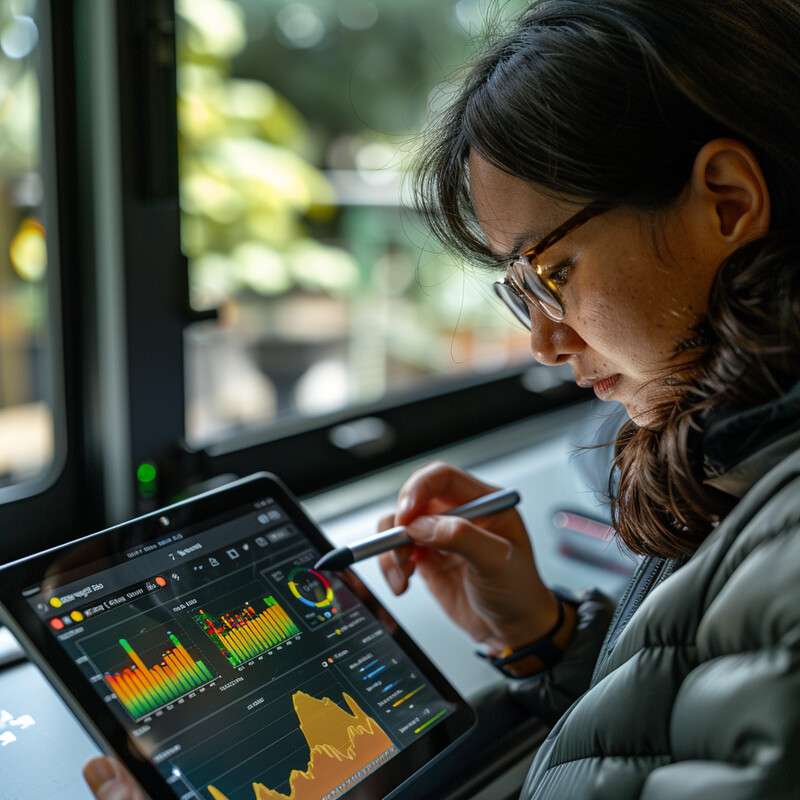
Companies are leveraging AI to significantly improve UX design effectiveness and personalization. A recent survey showed that about 49% of UX designers are already using AI tools to experiment with new design strategies, indicating widespread adoption of AI in this field. AI-driven analytics can process every click, scroll, and interaction, far beyond what human UX researchers can manually review. This has tangible results: for example, AI-driven personalization in UX can boost customer engagement by roughly 30%, as one analysis found when machine learning tailored content and interfaces to user behavior. Major organizations report that AI helps them quickly identify usability issues (through heatmaps, session replays, etc.) and test dozens of design variations via automated A/B tests in a fraction of the time of traditional methods. By harnessing AI, design teams are able to create more intuitive interfaces that adapt to user expectations, which translates into higher conversion rates and user satisfaction for digital products.
3. Material Optimization
AI is enabling smarter material choices and structural optimizations that make products both better performing and more sustainable. In traditional design, finding the ideal material or geometry often involved trial-and-error or limited rules of thumb. AI flips this process by rapidly evaluating thousands of material-property combinations and structural configurations against desired criteria (such as weight, strength, cost, and environmental impact). This means designers can now achieve extremely lightweight yet robust structures that were previously unattainable – a boon in fields like aerospace and automotive where every gram matters. Moreover, AI’s ability to consider multiple objectives simultaneously (e.g. minimizing weight while maximizing durability and keeping costs in check) leads to well-balanced designs. The opportunity is clear: products that use less material and energy but meet or exceed performance requirements, ultimately reducing waste and cost in manufacturing.
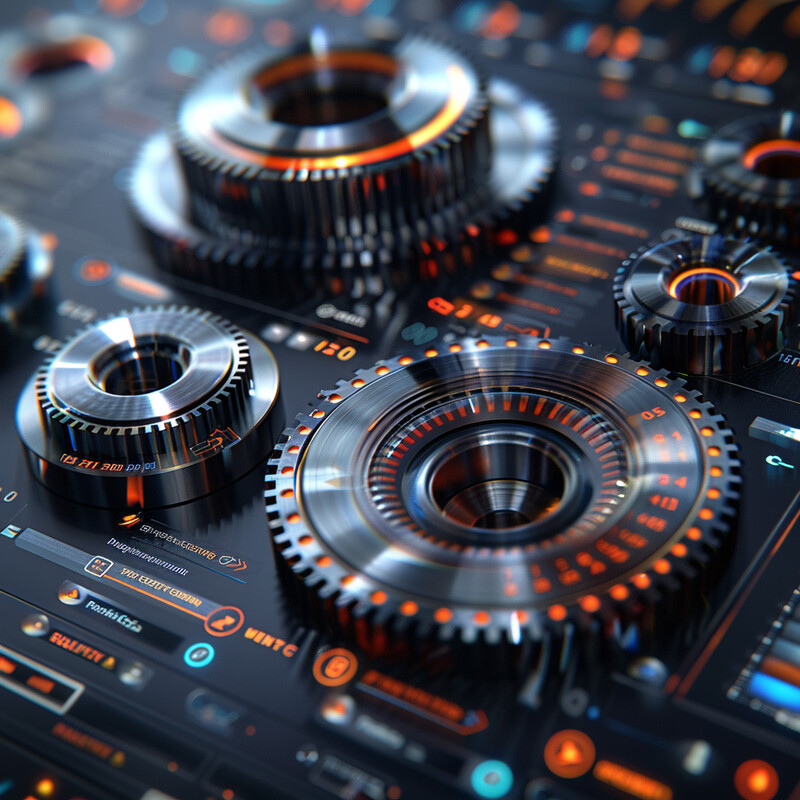
AI-driven generative design and material analysis tools have demonstrated striking improvements in material efficiency. For example, Airbus famously used an AI-supported generative design process to redesign a small aircraft bracket, achieving a 45% weight reduction while maintaining the part’s strength. Such weight savings have cascading benefits – in aerospace, every kilogram trimmed can save fuel and lower emissions. Researchers at MIT have similarly shown that AI-optimized lattice structures can cut material usage by about 40% in 3D-printed objects without sacrificing strength. These optimizations aren’t just theoretical; they translate into real-world cost savings. Companies employing AI for material optimization report a 20–30% decrease in material costs on certain products, thanks to reduced waste and the use of alternative materials that AI identifies as more efficient. In practice, AI can sift through extensive materials databases (including novel composites and recycled options) to recommend the optimal choice – balancing durability, weight, and sustainability. This means products can be lighter and greener, all while meeting performance specs, a win-win that’s increasingly critical in modern design and engineering.
4. Predictive Analytics for Market Trends
AI is empowering product designers to anticipate market shifts and consumer preferences with far greater accuracy. Instead of reacting to trends after they occur, companies can now leverage AI to forecast what customers will want next – from style and feature preferences to emerging lifestyle needs. This predictive capability means that product development can be more proactive: designers can incorporate trending features or aesthetics into new products early on, aligning offerings with future demand. The implications are significant. By staying ahead of trends, firms can reduce the risk of product flops, decrease time spent on wrong directions, and ensure that when a product launches, it resonates strongly with current consumer desires. In essence, AI-driven trend analytics is turning product design into a forward-looking discipline, where decisions are informed by data from social media buzz, search queries, and purchasing patterns, all analyzed at scale to reveal what might be popular next.
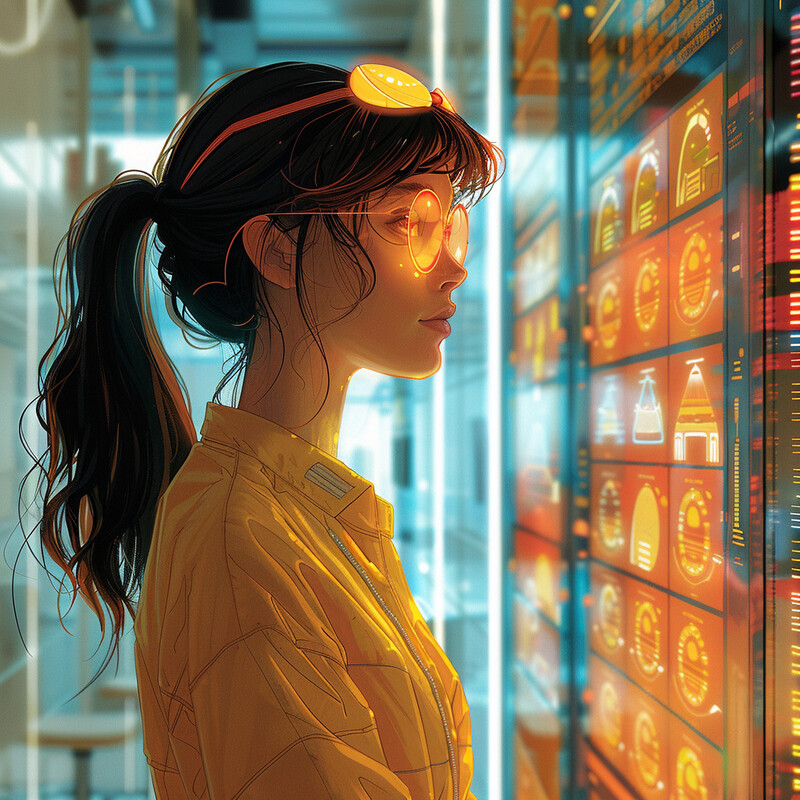
Organizations that integrate AI-based market analytics into product design have seen measurable benefits in aligning with consumer demand. Unilever, for instance, uses AI “social listening” tools to analyze millions of online conversations – forums, search queries, social media – and successfully identified a rising interest in herbal immunity-boosting drinks. By acting on these insights, Unilever developed a new tea product catering to that wellness trend, accomplishing in weeks what used to take months of traditional market. The use of AI for trend forecasting doesn’t just speed up research; it improves accuracy. PepsiCo applied machine learning to huge datasets of consumer behavior and retail feedback, which helped them pinpoint a gap in the market for a sugar-free flavored sparkling water (what became the Bubly brand) and fine-tune its branding and flavor to ensure a successful launch. On the retail side, predictive analytics help optimize supply as well – reports indicate that brands using AI trend forecasting can reduce inventory waste by 30–50% by producing closer to actual demand, and cut product “stock-outs” (unavailability) by over 60%. By forecasting trends and consumer needs with such precision, AI gives companies a competitive edge – products are more likely to match consumer tastes upon release, and companies can time the market better, avoiding the costly miss of being “late” or mismatched with consumer preferences.
5. Customization and Personalization
AI is fueling an era of mass customization, where products can be tailored to individual preferences without the traditional cost penalties. In the past, customizing a product (whether choosing specific features, colors, or fit) was expensive and time-consuming, often reserved for luxury items. AI changes that by intelligently integrating customer data and design automation. It can instantly adjust design parameters to create a unique variant for a customer and direct automated production equipment accordingly. The implication is a new level of consumer engagement and satisfaction: customers feel empowered to co-create products that reflect their personal style or needs. Businesses benefit too – personalization can lead to higher conversion rates and loyalty, as products more precisely meet what each customer wants. With AI managing the complexity, even large-scale manufacturers can offer “lot-size-one” production, meaning every item coming off the line could be different, yet efficiency remains high. This blend of personalization at scale opens up huge opportunities for brands to differentiate themselves and for consumers to get exactly what they want.
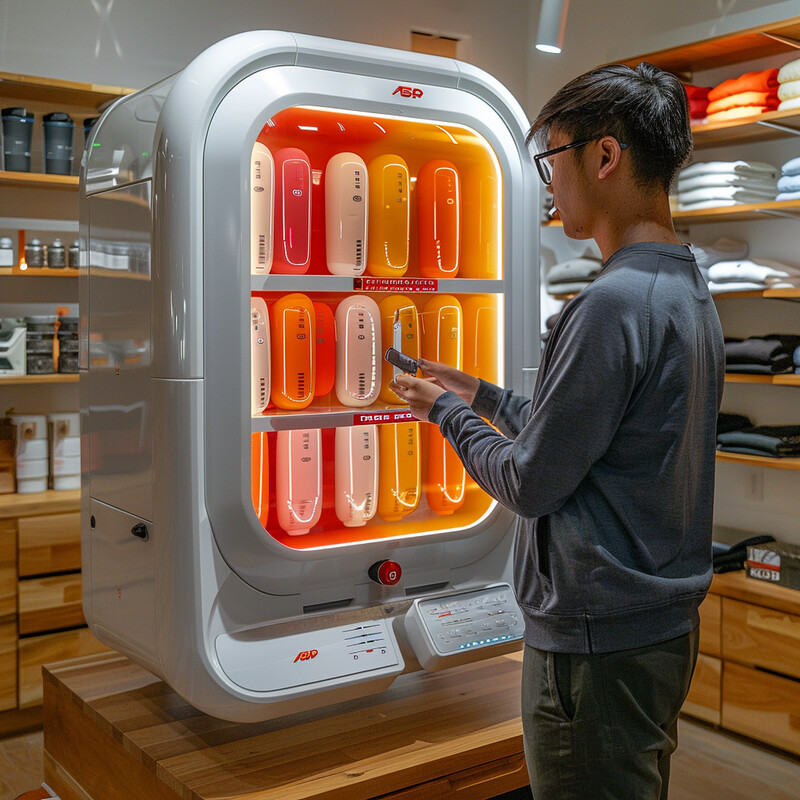
Personalization is fast becoming standard, and both consumers and businesses are embracing AI to enable it. Surveys show that a strong majority of consumers now expect or prefer personalized products – for example, 75% of Gen Z customers say they are more likely to purchase a product if they can customize it to their liking. In response, companies have widely adopted AI-driven personalization platforms: according to Twilio’s 2023 State of Personalization report, over 92% of businesses are leveraging AI-driven personalization strategies to drive growth. We see this in practice across industries. Footwear and apparel brands let shoppers use online configurators (powered by AI backends) to modify colors, materials, or prints on clothing and shoes; the AI ensures that these choices are feasible for manufacturing. Automakers, too, use AI to manage thousands of possible option combinations so buyers can “build” a car to their exact preferences. The payoff is significant: one global study found companies excelling at personalization achieved 40% more revenue from those customized offerings compared to their peers. By using AI to seamlessly integrate individual customer data into design and production, businesses can scale up one-to-one customization in a way that was unimaginable a decade ago, leading to stronger customer engagement and higher sales.
6. Integration with Virtual Reality
The combination of AI and virtual reality (VR) is creating immersive design environments that dramatically improve how products are evaluated before they exist physically. In a VR design review, team members can walk around and interact with a full-scale virtual prototype. AI enhances these simulations by dynamically responding to user inputs or optimizing the virtual model in real-time – for example, adjusting a design based on stress analysis or user feedback within the VR session. This integration means potential issues (ergonomics, visibility, spatial conflicts, etc.) are caught early, in a lifelike context, rather than after building costly physical prototypes. The implications are profound for collaboration and insight: design teams gain a deeper intuitive understanding of the product (seeing it and even “feeling” it in VR), and non-technical stakeholders can provide feedback more easily when immersed in a virtual scenario. AI can also automate aspects of the VR simulation, such as suggesting design improvements or highlighting inefficiencies while one explores the model. Ultimately, AI + VR integration leads to better design decisions, fewer physical prototypes, and faster iteration, because the first time a product is built in the real world, many issues have already been ironed out in virtual space.
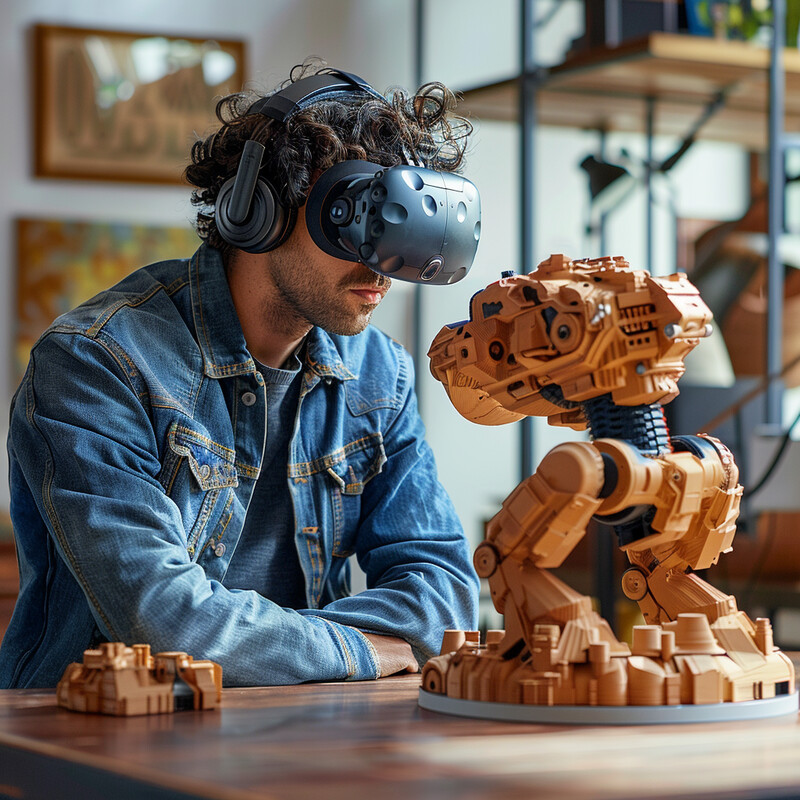
Immersive VR design platforms augmented by AI are yielding quantifiable improvements in product development efficiency. A McKinsey survey found that companies implementing VR/AR in their design workflows saw a 25% reduction in development time on average. By visualizing and refining products in an interactive 3D space, teams can iterate much faster than with physical mock-ups. Moreover, VR previews help catch design flaws early; for instance, engineers can identify assembly challenges or user experience issues by simulating usage in VR, avoiding costly late-stage fixes. There’s also evidence of improved outcomes for end users: in one PwC study, leveraging virtual prototyping and AI-driven visual analytics led to a 30% increase in customer satisfaction with the final product. This is attributed to the fact that clients and test users, when given a VR sneak peek of a product, better understood its features and provided clearer feedback, which designers could immediately act on. AI contributes by analyzing these virtual interactions – heatmaps of where users look, for example – and suggesting tweaks. Overall, integrating AI with VR not only accelerates design iterations but also yields designs that resonate more with users, as evidenced by higher approval and fewer revision cycles before production.
7. Real-Time Collaboration
AI is streamlining real-time collaboration in product design, especially for teams spread across different locations. In today’s global design projects, multiple engineers and designers may be editing a design simultaneously or contributing ideas around the clock. AI acts as an intelligent coordinator in this process: it can merge changes in a CAD model in real-time, prevent version conflicts, and even flag if one designer’s change might adversely affect another’s work. Additionally, AI-driven collaboration tools can handle routine administrative tasks (like note-taking in design meetings, or translating discussions for multilingual teams) so that the team can focus on creative problem-solving. The result is a more synchronized design process where everyone is quite literally on the same (digital) page. Decisions that once took weeks of back-and-forth emails can now happen almost instantly in a shared AI-supported workspace. This not only accelerates development but also improves design quality, as more brains can effectively work together on a problem without miscommunication. The opportunity here is to unlock the full potential of globally distributed talent by making collaboration as frictionless as if everyone were in the same room – something that AI tools are increasingly capable of doing.

Introducing AI into collaborative design environments has been shown to boost team productivity and reduce miscommunication. For example, AI-powered collaborative platforms can synchronize design updates instantly – when one team member makes a change, everyone’s view is updated in real-time, greatly reducing integration errors. A joint report by Deloitte and The Manufacturing Institute noted that companies using advanced collaboration tech (like shared simulation environments with AI coordination) experienced roughly a 20% increase in team productivity during product development. The time saved on manual file merging and meetings is significant. In practice, a change that might have taken a day to circulate and approve can now be integrated and validated within minutes by the AI, keeping projects moving fluidly. Moreover, AI assists with communication: design notes can be automatically summarized and action items assigned by smart project management bots, and language barriers are minimized by AI translation in multinational teams. Studies also reveal that teams working in a shared virtual design space (augmented by AI) make decisions faster – one finding showed a 30% improvement in decision turnaround time for distributed teams using such tools, compared to traditional methods. By keeping everyone in sync and informed, AI-driven collaboration tools help ensure that no contributor is a bottleneck; design work becomes a truly parallel process, considerably shortening development cycles.
8. Environmental Impact Analysis
Sustainability has become a key concern in product design, and AI is proving invaluable for minimizing environmental impact throughout a product’s lifecycle. AI can rapidly perform Life Cycle Assessments – calculating a design’s expected carbon footprint, energy consumption, and recyclability from production to end-of-life – far more quickly and comprehensively than traditional manual analyses. This means designers get instant feedback on how a proposed change (say, using a different material or altering a geometry) might reduce waste or lower emissions. The result is that eco-friendly design choices can be made earlier and more often, aligning products with environmental goals without lengthy research delays. AI can also optimize designs for sustainability by suggesting alternatives: for example, identifying a redesign that uses fewer materials or recommending a swap to a more sustainable material with similar properties. In essence, AI serves as an ever-watchful “green advisor” during design, ensuring that environmental considerations are factored into decisions alongside performance and cost. The big-picture implication is significant: as companies adopt these AI tools, the next generation of products could be markedly more sustainable, helping industries reduce their overall ecological footprint.
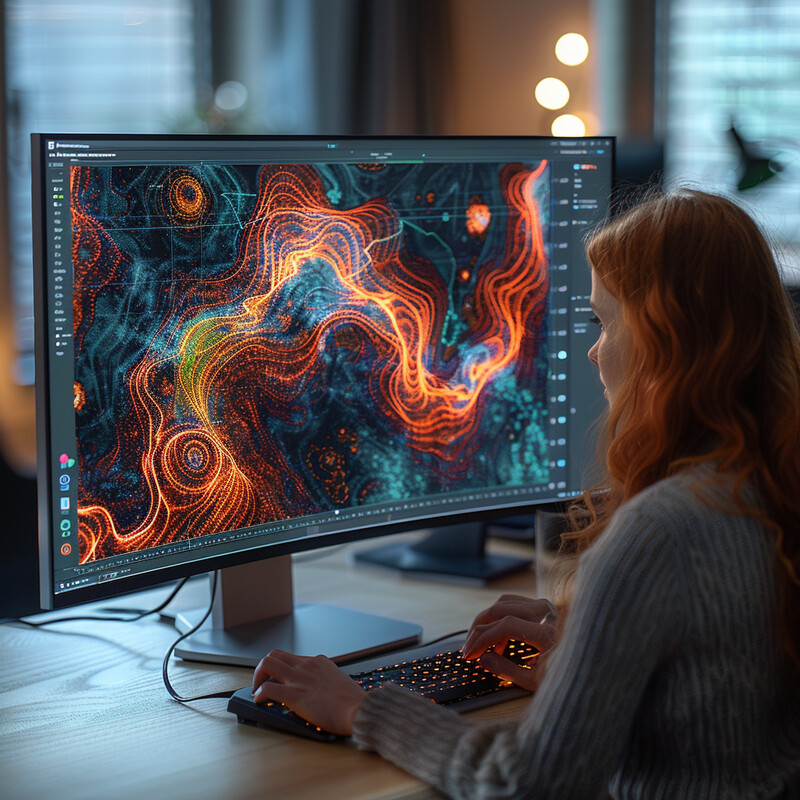
Harnessing AI for environmental impact analysis enables data-driven sustainability improvements that were previously difficult to achieve. Roughly 70–80% of a product’s environmental and cost footprint is determined at the design stage, according to engineering studies, which underscores why early AI-driven analysis is so critical. Companies are using AI to simulate the entire lifecycle of products. For instance, AI tools can predict that using a certain recyclable polymer in place of a traditional plastic could cut projected end-of-life waste by, say, 20% – and the AI will flag that opportunity to the designer in real-time. On a broader scale, the Boston Consulting Group estimates that if applied wisely across industries, AI has the potential to help reduce global greenhouse gas emissions by up to 10% by 2030 through optimizations in design, operations, and more. In product development, we already see concrete outcomes: automakers using AI-driven generative design have created vehicle parts that are significantly lighter, resulting in lower fuel consumption over the vehicle’s life (translating to thousands of tons of CO₂ saved in large fleets). Likewise, consumer goods companies employ AI to find more sustainable packaging designs, cutting material use and improving recyclability – one major beverage company used AI to redesign a bottle, reducing plastic usage by over 15% without compromising integrity (an improvement that directly lowers environmental impact). By quickly evaluating design choices against environmental metrics, AI ensures that going green doesn’t slow down innovation – in fact, it often uncovers win-win solutions that make products both greener and more efficient.
9. Design for Manufacturing Optimization
AI ensures that a product design is not only brilliant on paper but also practical and efficient to manufacture in the real world. Design for Manufacturing (DFM) is about tailoring a design so it can be produced with minimal cost, waste, and complexity. AI excels at this by automatically checking designs for manufacturability – flagging features that would be difficult or expensive to fabricate and suggesting modifications or different manufacturing processes that could be used. This guidance early in the design phase prevents costly reworks and tooling problems later. Moreover, AI can optimize a design to simplify assembly, perhaps by consolidating multiple parts into one or ensuring components are symmetric or modular to avoid confusion on the factory floor. The opportunity here is a smoother transition from digital design to physical product: fewer surprises during prototyping and production ramp-up, shorter production debugging cycles, and ultimately a faster time-to-market. Products reach the manufacturing line already optimized for the machines, materials, and workflows that will build them, which means higher quality and lower unit costs from day one.
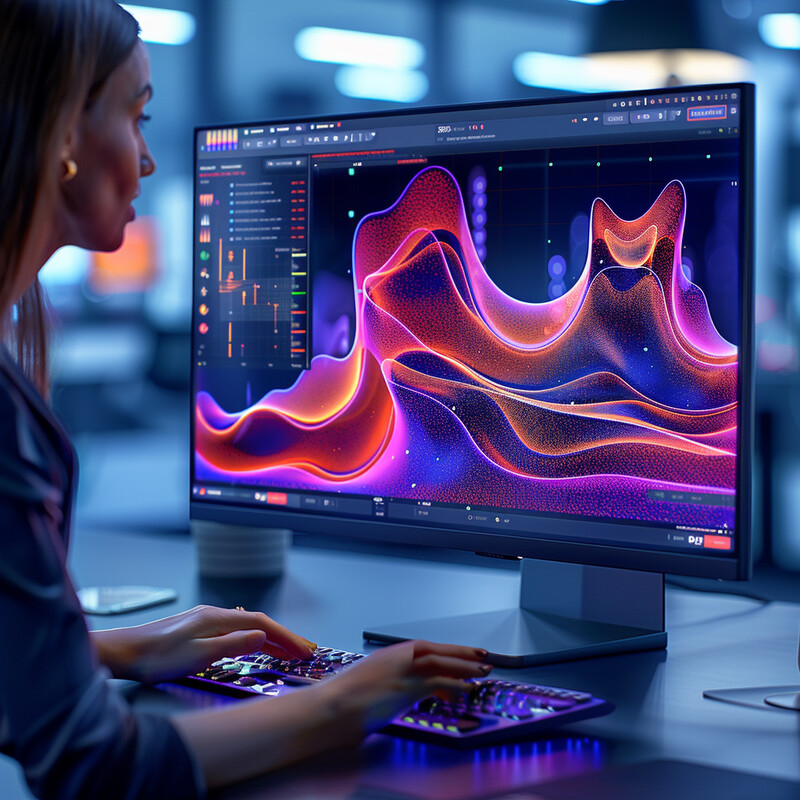
Implementing AI for DFM is proving to reduce production costs and complexity significantly. It’s well known that the design phase locks in the majority of a product’s cost – around 70–80% of total manufacturing cost is determined by design decisions. AI’s ability to analyze those decisions with manufacturing in mind yields big benefits. General Motors provided a dramatic example: using generative AI, GM reimagined a seat-bracket assembly that originally had eight separate metal parts. The AI-generated solution consolidated it into a single 3D-printed piece that is 40% lighter and 20% stronger than the original. By reducing part count, they simplified assembly (fewer joints and welds) and cut the potential points of failure, all of which lowers manufacturing effort and cost. AI DFM tools routinely catch issues like inaccessible screw locations or overly tight tolerances that humans might miss; one aerospace manufacturer reported that an AI manufacturability review eliminated about 30% of design revisions by pre-emptively correcting such issues in the CAD model. Early-adopter companies also cite substantial cost avoidance – one multi-firm study found that firms using AI in DFM and related development stages saw product cost reductions on the order of 20–30%, largely by avoiding over-engineering and late-stage changes. By guiding designers to create factory-friendly designs, AI ensures that when a product goes from the screen to the shop floor, it can be built with minimal fuss, utilizing standard processes and materials efficiently. This reduces time to production and improves margins, making both engineers and production managers very happy.
10. Feedback Loop Integration
AI closes the loop between product usage in the real world and the next round of design improvements, creating a continuous feedback-driven design cycle. Modern products (especially smart devices and software-enabled goods) generate a wealth of data on how they are used and where they could be better. AI can sift through customer reviews, warranty claims, usage telemetry, and sensor data to extract meaningful insights far faster than a human analyst. This means designers can quickly learn which features are loved, which cause confusion, or which parts are prone to failure. By integrating this knowledge, the next product iteration or update directly addresses real user needs and pain points. In practical terms, companies can iterate much more rapidly toward a product-market fit – essentially letting the product evolve in response to user feedback with AI as the translator. The implication is that products no longer stagnate after release; they continually improve. This strengthens customer loyalty (users feel heard when their feedback leads to visible changes) and results in better products that are finely tuned to user preferences over time. In an AI-enabled feedback loop, every experience a customer has can inform future design, making innovation a truly customer-centric, ongoing process rather than a one-off step.
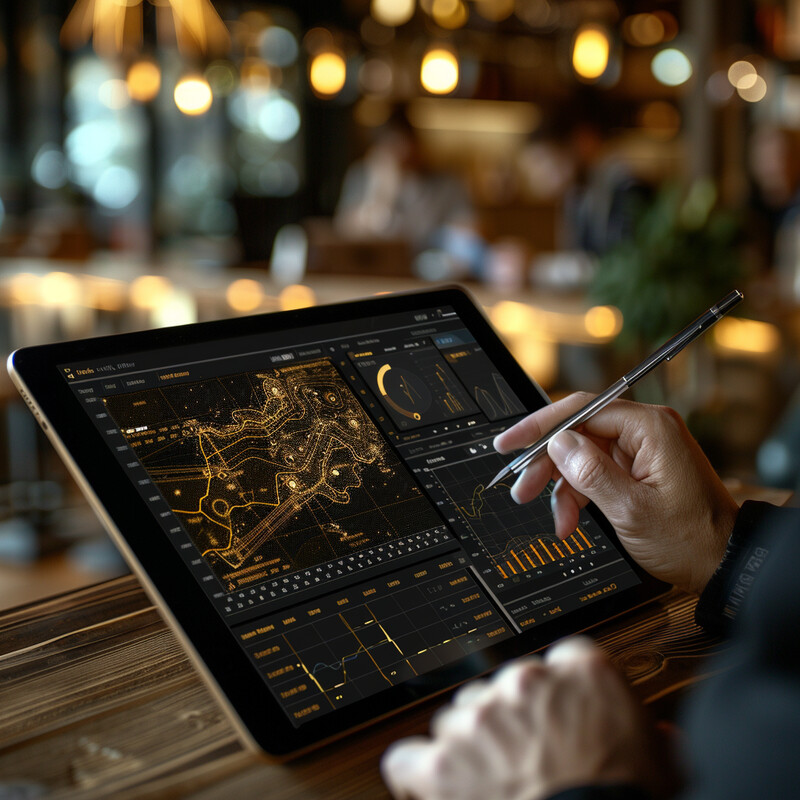
Organizations that deploy AI to analyze user feedback and product performance data are seeing faster and more effective design upgrades. AI can analyze 100% of customer feedback across multiple channels (surveys, social media, support chats), whereas traditional methods might only sample a fraction of this information. This comprehensive analysis, using natural language processing and sentiment analysis, pinpoints common feature requests or issues in near real-time. As a result, design teams can prioritize fixes or new features that will impact the most users. The payoff is evident in market outcomes: in a 2024 industry study, companies integrating AI into their product development feedback loops reported 6–10% higher sales from new products compared to those that didn’t leverage AI. This boost is attributed to better alignment of products with customer desires and fewer missteps, as AI helps designers “listen” to what the data from users is saying. Additionally, these companies saw higher rates of successful innovation and a notable reduction in time to address quality issues. A practical example can be seen in the consumer electronics sector: one smartphone manufacturer used an AI model to analyze return reasons and user comments; it discovered a pattern indicating that battery life complaints spiked when a certain new background feature was enabled. The design team promptly optimized that feature, extended battery life in the next software update, and saw customer satisfaction scores rise significantly. Such rapid, targeted improvements – only possible at scale with AI parsing the feedback – illustrate how closing the loop with AI leads to products that better satisfy users and maintain strong sales momentum.